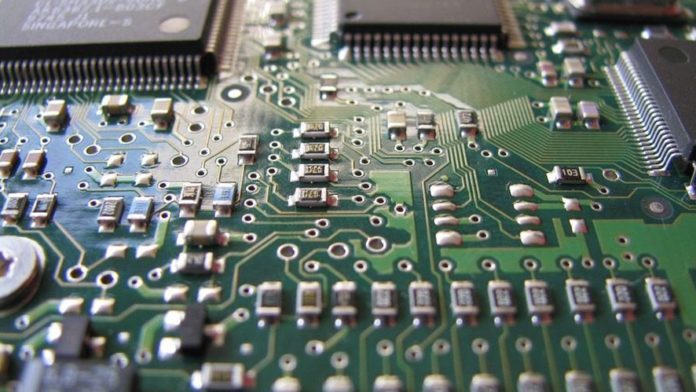
ALPHAMIN is to proceed with the development of Mpama South, a mineral deposit in its Bisie tin mine in the Democratic Republic of Congo.
“The development of Mpama South as a brownfields expansion is expected to increase Alphamin’s annual tin production by 65% to a targeted 20,000 tons from the 2024 financial year,” said Martiz Smith, CEO of Alphamin in an announcement on Tuesday.
“Tin and technology are inter-linked and consequently global demand for tin continues to increase despite constrained supply,” he said.
Tin bulls’ describe the metal as “the glue” of the internet of things. The reference is to its end use as a solder in the manufacture of electronics, as well as packaging. But tin also has an application in the manufacture of lithium-ion batteries, the science behind electric vehicles. Cited by a Reuters report last year, the International Tin Association reckoned 60,000 tons of tin demand can come from electric vehicles alone.
Alphamin’s studies suggest that even at an annual growth rate of between 2% to 3% an additional 8,000 to 10,000/t in tin demand will be generated.
In January, the company announced it would pay a maiden dividend of three Canadian cents per share following a strong showing for its 2021 financial year. The company has guided to production of 12,000 tons in the 2022 financial year.
Speaking to the Financial Mail, Smith said that as a rule of thumb about half of Alphamin’s EBITDA will be converted into cash. Bisie’s all-in sustaining costs are about $14,000/t. Set against the tin price of more than $41,000/t.










